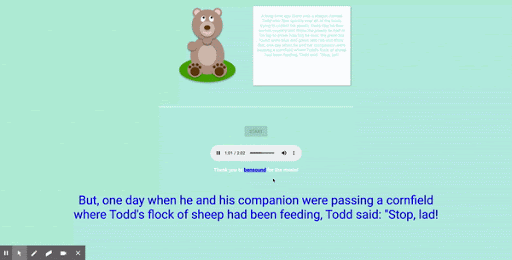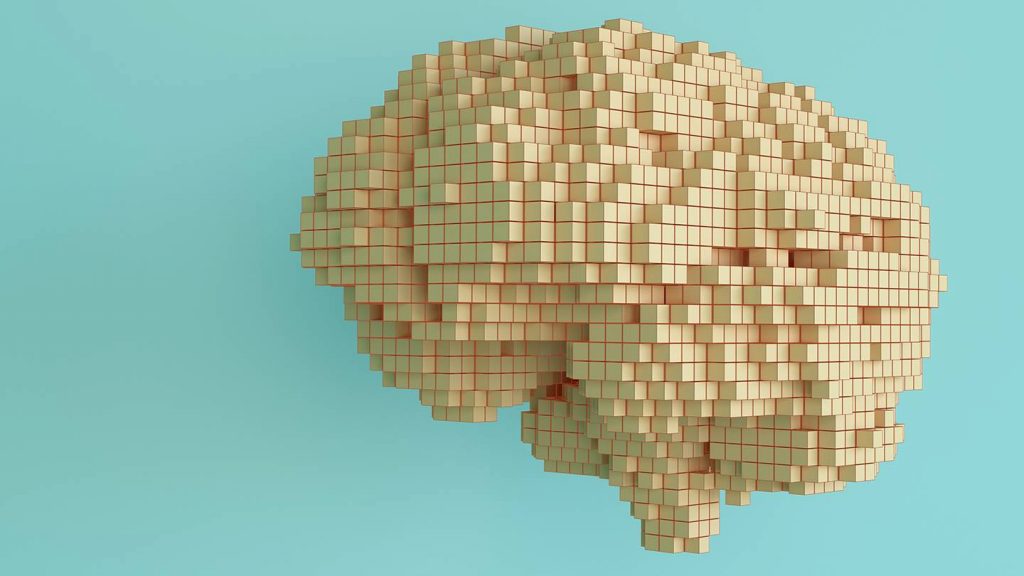The U.S. economy has been rocked by the coronavirus pandemic, with stock values crashing this year during the period between late February and late March, when states began issuing stay-at-home orders. One intrepid digital company saw its stock surge, however—Zoom Video Communications, Inc., which has more than doubled its individual stock price while the economy around it crashed.
But why has Zoom become the go-to platform during the pandemic, when there are dozens of other video conferencing services out there?
The answer lies in Zoom’s intuitive interface, says Mathias Unberath, an assistant professor of computer science at Johns Hopkins Whiting School of Engineering and a member of the Malone Center for Engineering and Healthcare.
“Whether someone is hosting a work meeting or a baby shower, the app is easy to use,” he says. “Products such as Zoom, the iPhone, and the Johns Hopkins COVID-19 tracker (a user-friendly, visually-engaging dashboard that tracks global cases and trends in real time) attract millions of users because they offer a pleasant and smooth user experience.”
To prepare future engineers to design similar technologies, Unberath developed a new course on human-centered design for artificial intelligence systems. Offered last spring for the first time, “Machine Learning: Artificial Intelligence System Design and Development,” teaches students to design, develop, and train an AI system that could benefit someone’s life or help solve a real problem.
“Artificial intelligence is maturing and there are great opportunities to integrate this technology in everyday life,” says Unberath, who used his expertise to help develop a more accurate outbreak model that predicts new pandemic hotspots, released in late April. “In this class, students must design their algorithms with the end user’s needs and wants in mind. What true problems are people facing, and how do people want to interact with technology?”
When designing technology for humans, it’s important for engineers to understand how their systems could potentially fail the user, Unberath says. That is why, as the semester progressed and students built increasingly complicated prototypes, they adjusted their system designs based on user feedback from fellow students. Students also participated in discussions on the issues of biases, fairness, and ethics when developing artificial intelligence that simplifies or automates potentially sensitive tasks.
Idean Labib, Eyan Goldman, and Dorothy Hu, computer science majors and members of the Class of 2020, created an application to boost the quality of early education, which focuses on children from infancy through age five. Early education has been consistently linked to a child’s probability of success in the future, but many American families don’t have access to affordable, high-quality early education.
The team’s solution was “Barry,” a conversational teddy bear that collaboratively creates new stories with children using AI. Barry is designed to help kids meet a developmental guideline from the U.S. Centers for Disease Control and Prevention, which is to tell a story using full sentences by the age of five. To generate creative and cohesive stories, Barry uses GPT-2, a state-of-the-art dialogue generation model created by OpenAI. The team members trained their model on a custom dataset built from children’s stories, and excluded certain words to ensure the stories would always be kid-friendly.

Barry the Bear works with a user to create a story. Barry is an online learning partner that helps young children improve their storytelling skills.
Hu said that until COVID-19 forced everything online in the middle of the spring semester, the team had intended that Barry take the form of a physical teddy bear. But the pandemic revealed to the team a new path forward for their design.
“Young children now need to be educated at home, and we realized parents might not have the resources to do this themselves,” Hu says. “Our research problem then became: how can we help parents educate their children during this pandemic? So, Barry became an online learning partner that users can easily access at home.”
Other student solutions that could be useful during the ongoing pandemic included an app that helps users learn a language in a context they care about. For example, while browsing an online forum such as Reddit, a user can ask the bot to translate any content on that site into the language they want to see. Other designs included a system that maximizes the efficiency of grocery store runs and “Terrazzo,” an online platform to improve the way university professors track their students’ comprehension and progress in course material.
Rapidly transitioning from in-person to online teaching was certainly a challenge for Unberath, because he had designed the course to rely on discussions and hands-on activities. But thanks to Zoom, students were able to include their friends and family members in the final demo session, something that wouldn’t have been possible if it was held on campus as originally planned.
“That was a great way to end the semester, using a platform that exemplified the kind of intuitive design we were trying to achieve,” Unberath says.
